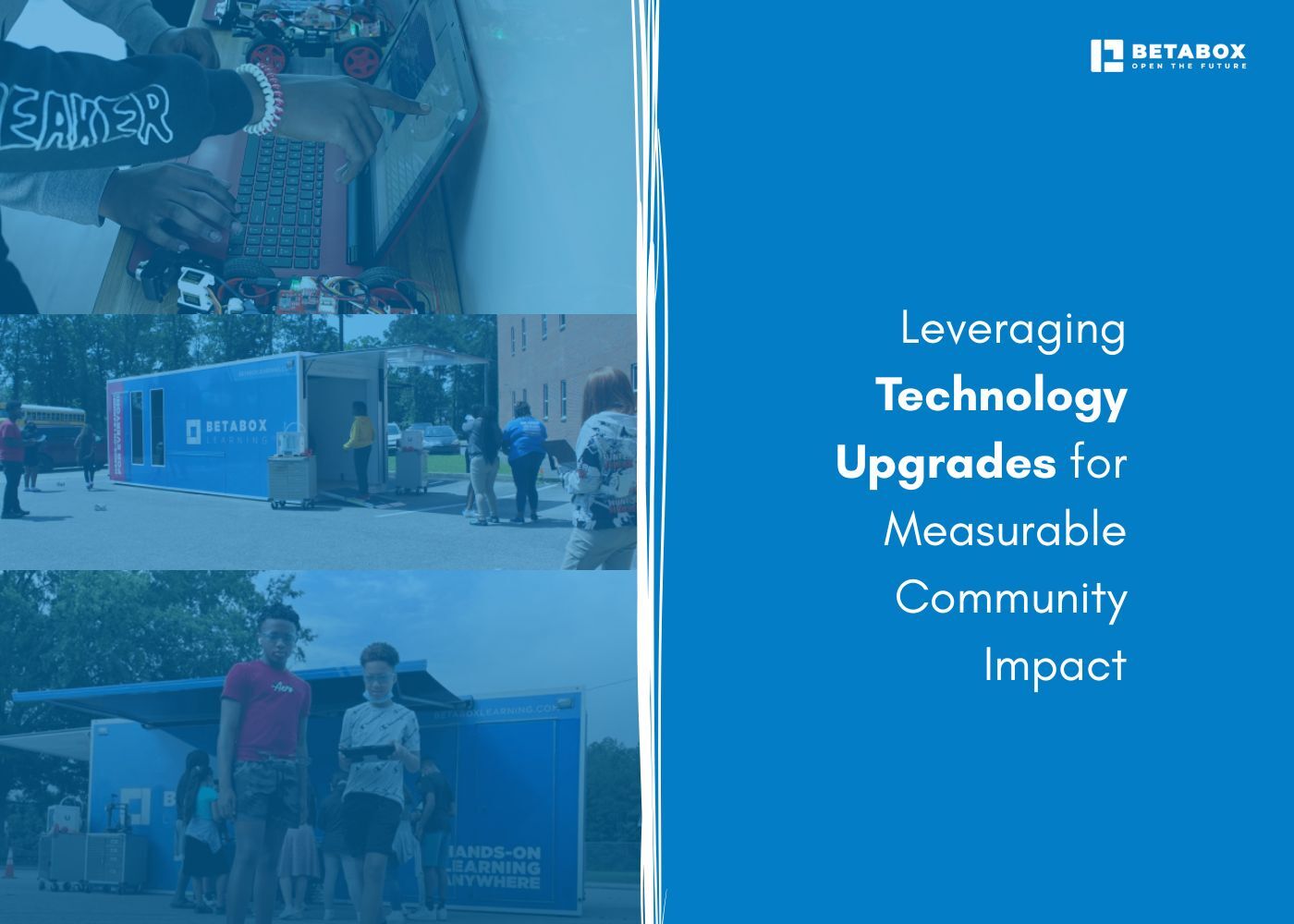
Communities are upgrading technology everywhere, from classroom labs to telehealth kiosks and city service portals. The goal is not shinier tools. The goal is measurable change in quality of life, access, and opportunity. In this article, we lay out a practical framework any district, nonprofit, municipality, or funder can use to plan, implement, and evaluate upgrades that deliver real community impact. Examples focus on K-12 and adjacent services because that is where momentum and urgent need intersect for many regions.
A quick note on scope. The most durable wins come from “stacked” upgrades that blend hardware, software, and practice change. Think smart scheduling plus mobile labs in schools, or analytics plus case management in youth services. Throughout, you will see how to translate technology decisions into clear metrics and stakeholder value.
Upgrades are only as good as their reach. Investments should prioritize populations that lack access due to geography, bandwidth, or historical under-resourcing. In K-12, that means bringing high-quality, hands-on experiences to rural and low-wealth schools, not just supplementing already well-equipped campuses. Providers that specialize in on-campus delivery can help districts minimize logistics and expand equity at scale.
Every upgrade should widen the doorway. That includes multilingual interfaces, offline or low-bandwidth modes, ADA-compliant physical access, and teacher or staff training that meets people where they are. In education, hands-on resources that are turnkey for first-year teachers can accelerate inclusive practice from day one.
Upgrades should link to outcomes residents feel: increased STEM interest among students, faster benefit approvals, shorter clinic queues, or higher placement into local internships. In education, independent evaluations showing immediate gains in interest and knowledge help leaders justify sustained funding and scale.
Local governments can use simple “smart” layers to improve service delivery:
The rule of thumb is to instrument the process, not the person. Start with the few metrics that unlock bottlenecks, then iterate.
In schools, technology for community development should make hands-on STEM learning normal, not occasional. On-site enrichment, project kits, and educator coaching can move curiosity from a single day to an embedded habit across classes.
The most effective models combine a spark event with sustained classroom resources and teacher support so students see themselves in technical careers and communities see a talent pipeline forming.
In healthcare, clinics and school-based health centers can use telehealth pods, remote monitoring, and integrated referrals to extend services to families with transportation or schedule barriers. The measurable markers are no-show reductions, time-to-appointment, and adherence to care plans for chronic conditions.
Community agencies often already collect data. The upgrade is in the loop between data, decisions, and dollars. Put simply:
In education contexts, evaluation that documents short-term knowledge gains and interest lifts helps districts select and sustain the right resources.
Read More About Open The Future – Four Pillars For A New Educational System
When the goal is equal access, bringing the upgrade to the school or community site is often the fastest path. Mobile labs and on-site experiences can expose entire grade bands to emerging technologies in a single week, which is especially helpful for rural or low-wealth districts with limited transportation budgets.
Over ten years, organizations focused on on-campus delivery have reached hundreds of thousands of students across more than a thousand schools in 150 plus districts, demonstrating how tech-driven community change can scale when logistics are solved.
Public dollars are not the only way to fund upgrades. Industry stakeholders, foundations, and higher-education partners can sponsor school programs, supply equipment, or underwrite evaluation to prove value and secure long-term adoption.
If you represent a company or institution that relies on a strong K-12 pipeline, consider joining a mission-aligned partner network that helps target resources to the schools that matter most to your community. Learn about partnerships for measurable impact.
Flashy pilots fade without classroom-ready materials, professional learning, and an easy path to reorder supplies. The strongest community implementations sequence experiences:
This progression keeps teacher lift low and student momentum high, which increases the odds that upgrades translate into durable capacity.
Measuring community impact through technology
Pick metrics that are close to the mission and visible to stakeholders. For a school district implementing technology upgrades that bring hands-on STEM learning on campus, a practical measurement set could include:
For other agencies, swap in the equivalents, such as case resolution time in social services or follow-up adherence in public health.
Measurement earns trust when it is shared and used. Make results visible to families, boards, and funders. Publish a simple dashboard or memo every quarter, including what did not work and what you will change. In education rollouts, districts can request evaluation summaries from providers to align methods and compare outcomes over time.
Upgrades stall when budgets cover hardware but not the staffing, coaching, and consumables needed to make the change real. Plan the total cost of ownership for at least two years, including maintenance and refresh cycles. In schools, models that ship turnkey kits and provide on-site workshops reduce teacher lift and raise the odds of classroom integration.
Data used well is powerful. Data used poorly erodes trust. Keep only what you need, secure it, explain it, and give communities a voice in how it is used. Avoid surveillance use cases. Favor measurement that helps teach better, support families, and allocate resources fairly.
A sustainable upgrade strategy respects constraints. It starts where the pain is greatest, sequences wins to build trust, and moves from pilot to policy using evidence. In education ecosystems, partners who have spent a decade refining on-campus delivery, teacher support, and evaluation offer a head start for districts that want change with minimal lift.
Technology by itself does not close gaps. People, processes, and partnerships do. Your community can leverage technology innovation to widen access, accelerate learning, and prove what works, but only if upgrades are tied to clear problems, strong measurement, and shared accountability. Start with one community outcome you care about, design the workflow around it, and select the smallest set of tools that make that workflow easier, faster, and fairer.
If you are a district, nonprofit, foundation, or employer ready to co-design a program that blends on-campus experiences, ready-to-run projects, and educator coaching, explore mission-aligned partnership models here:
Betabox Industry & Impact Partnerships.
If you are an educator ready to bring hands-on STEM to your students with a low-lift plan, you can start the process in minutes:
Example scenario.
A rural district wants to increase middle-school technology confidence and expand exposure to robotics and AI across all campuses within one semester.
Plan
Measurement
Funding
How do technology upgrades benefit community development?
They make services more accessible and effective, especially in under-resourced areas. In schools, on-campus programs and ready-to-run projects can raise immediate interest and knowledge while building long-term instructional capacity that supports local career pathways.
What role does digital transformation play in social impact?
Digital transformation modernizes workflows, not just tools. When paired with training and measurement, it helps agencies reduce wait times, personalize services, and report results that unlock sustained funding for programs that work.
What are examples of technology used for community development?
Mobile STEM labs, classroom project kits, educator workshops, career path tools, telehealth pods, and smart civic portals are common. Education implementations that combine these elements on campus have reached large numbers of students across many districts, proving that equitable access can scale.
How can smart technology solutions create measurable community change?
Focus on a few bottlenecks and attach simple metrics. For example, instrument a school-wide STEM experience with pre-post surveys and classroom follow-through. Independent evaluations have shown immediate interest lifts and knowledge gains after targeted, on-site experiences, which districts can adopt as KPIs.
What are the challenges of implementing technology upgrades in communities?
Top barriers include total cost of ownership, staff time, and data trust. The remedy is low-lift delivery, embedded training, transparent reporting, and partner co-funding so upgrades are easier to adopt and sustain. In K-12, on-site delivery and turnkey kits reduce teacher burden and improve classroom integration.


Ready to learn how Betabox resources can be implemented at your school or District?
Book a Blueprint Call

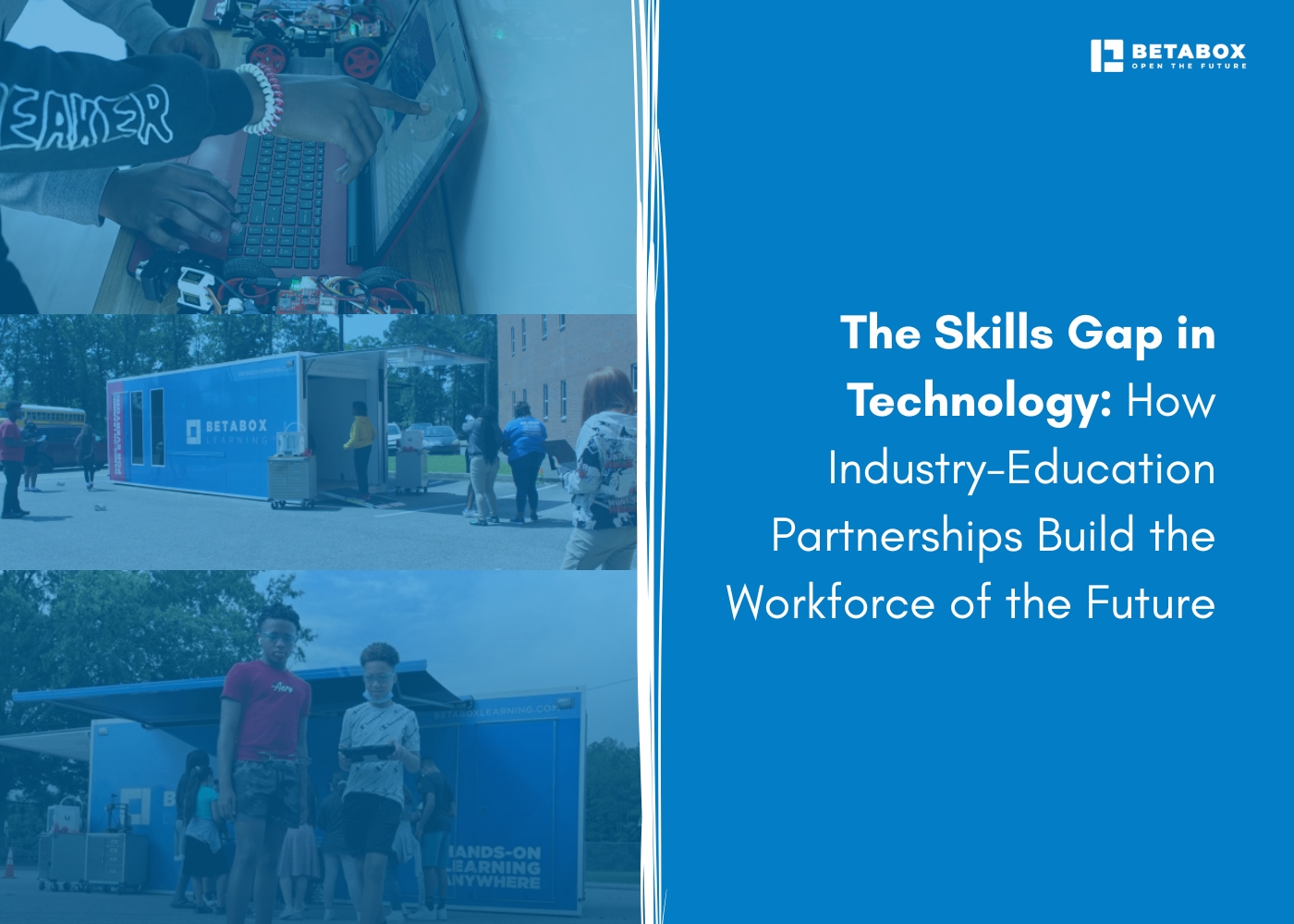

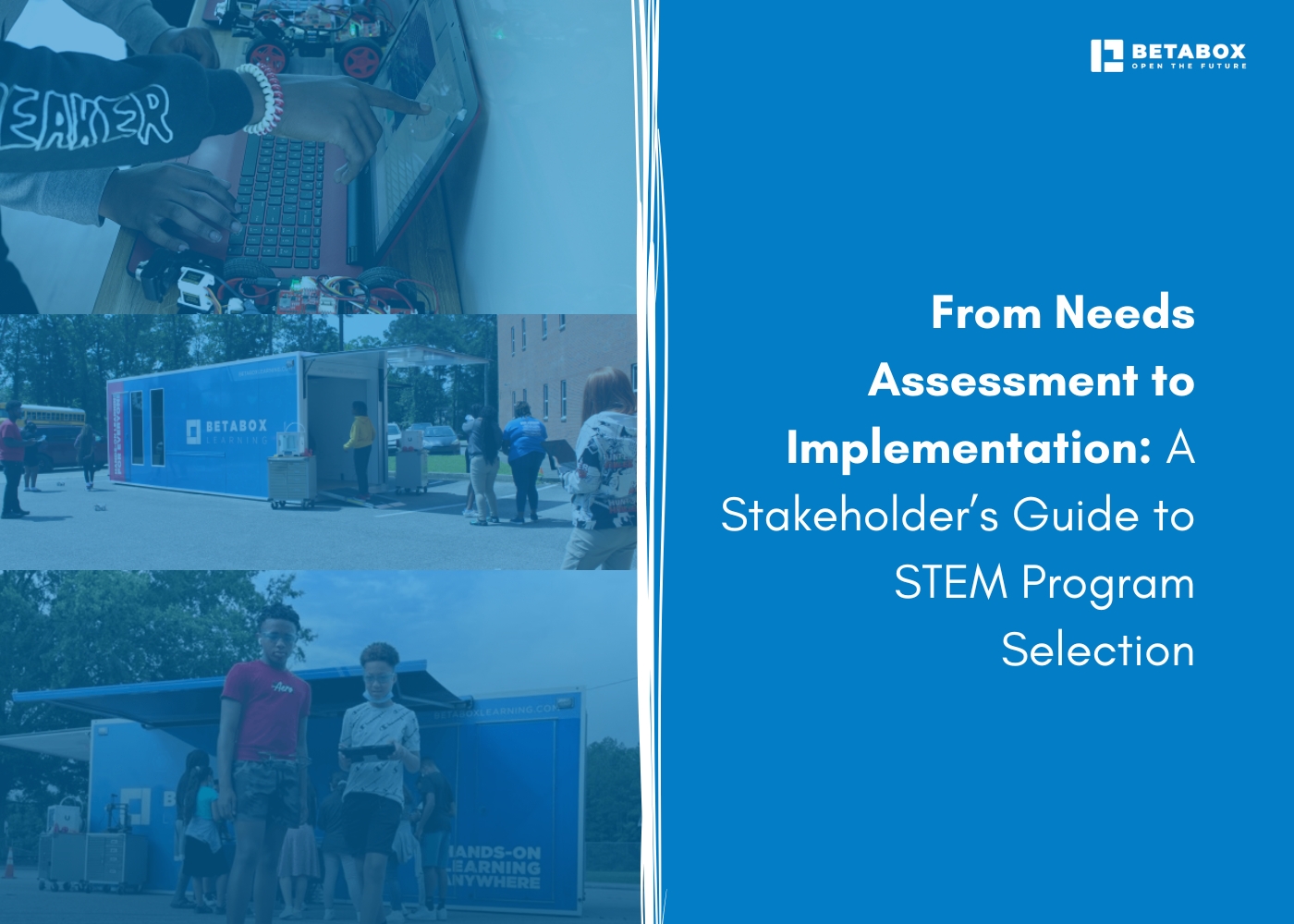

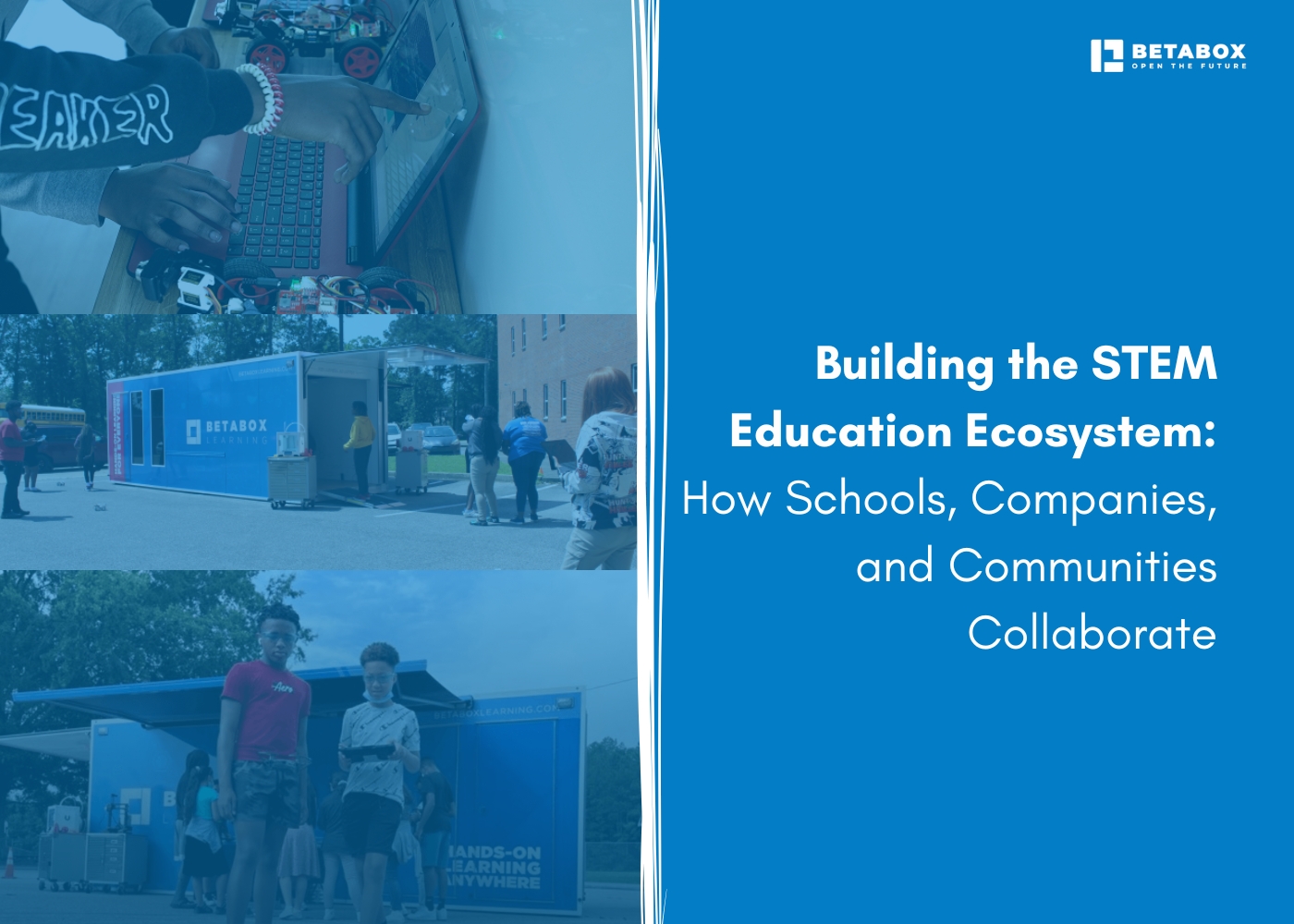

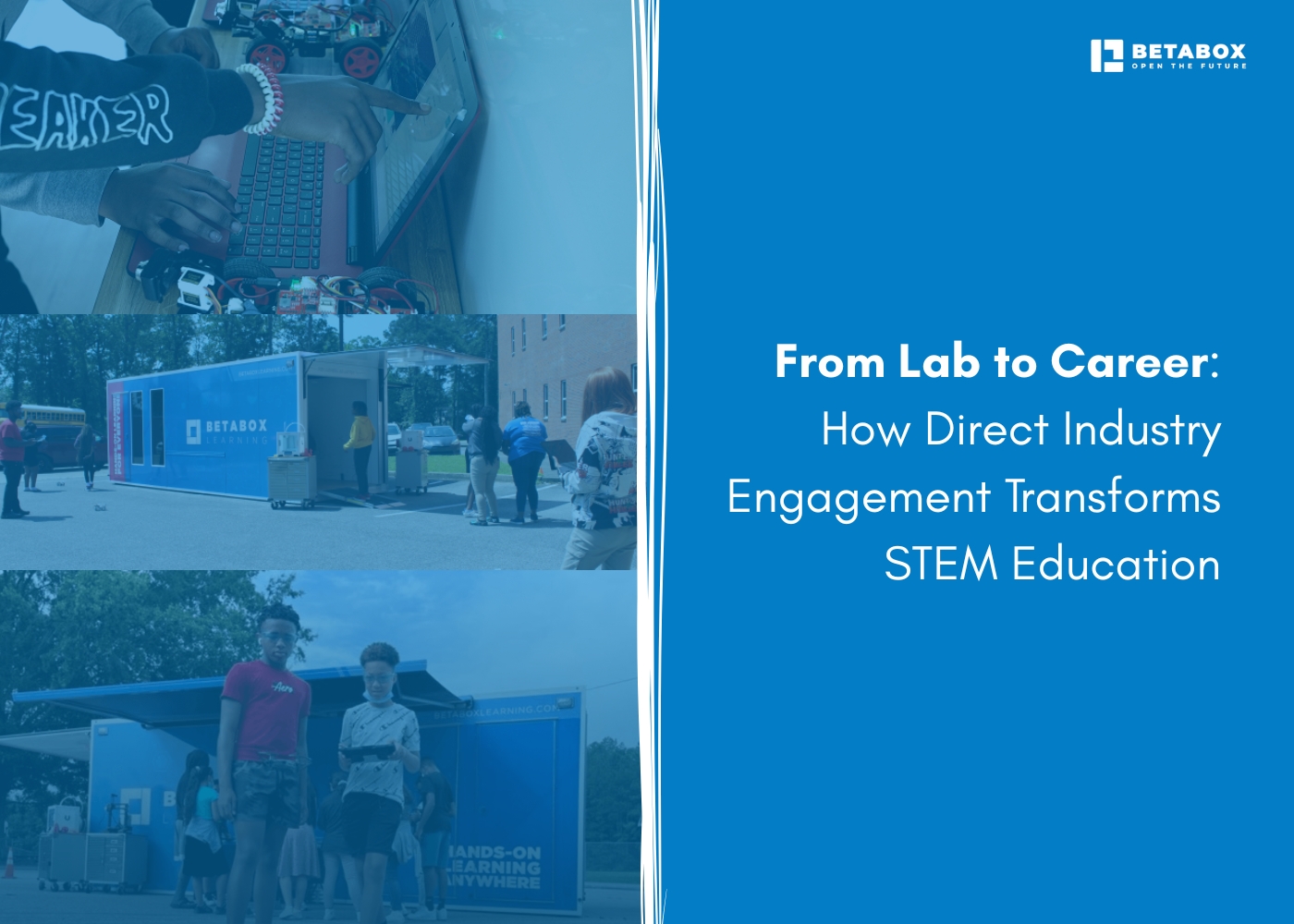

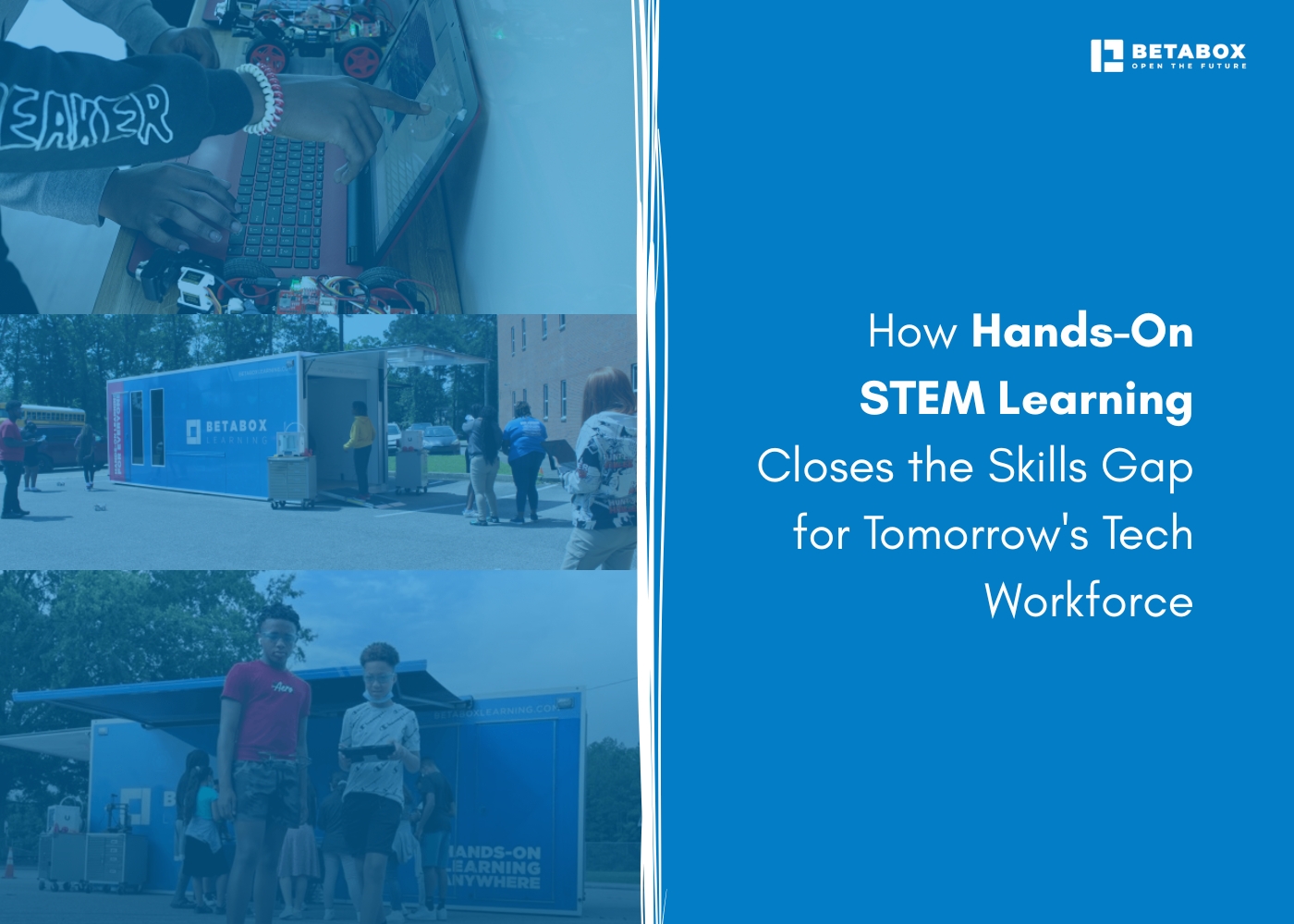

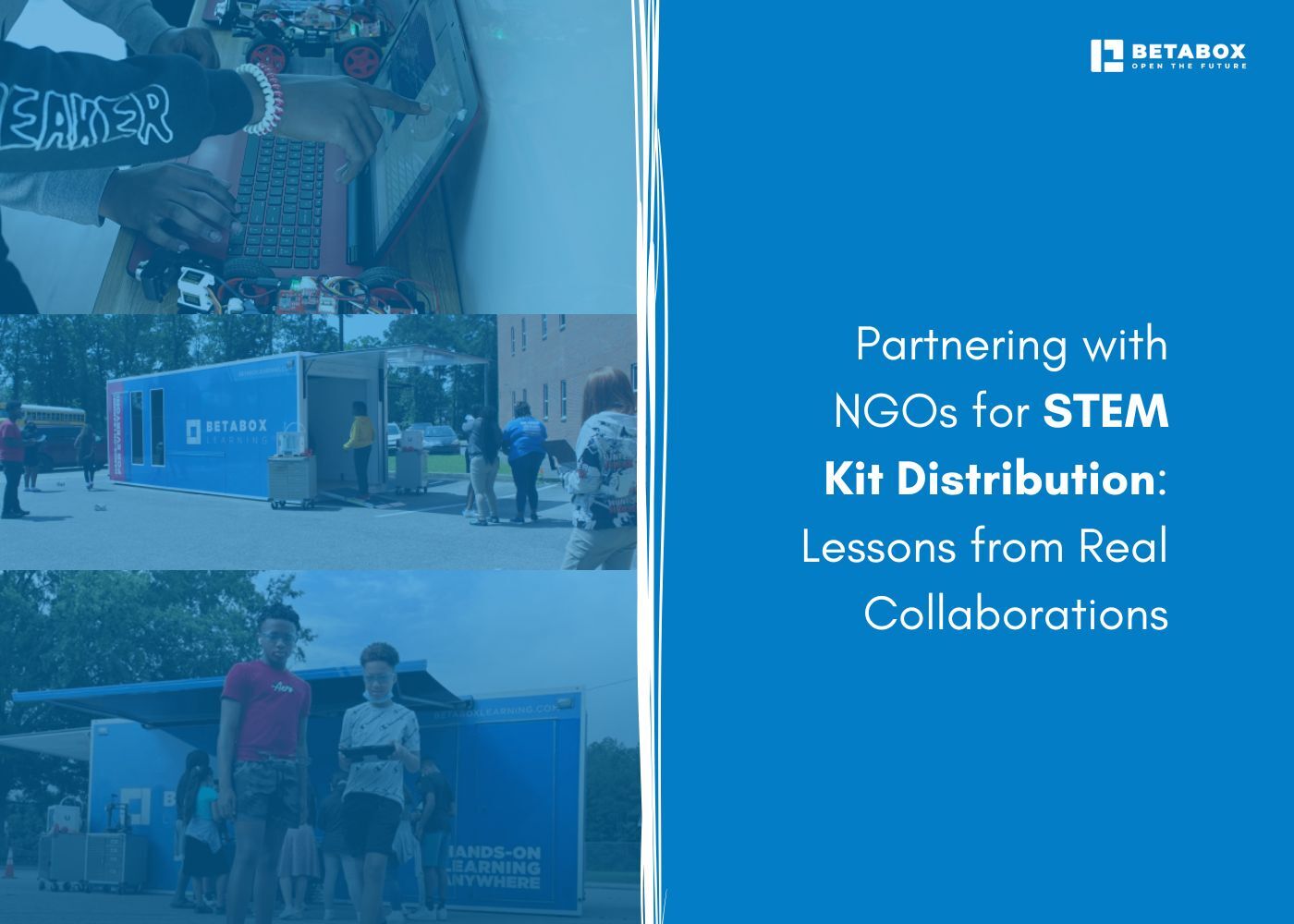

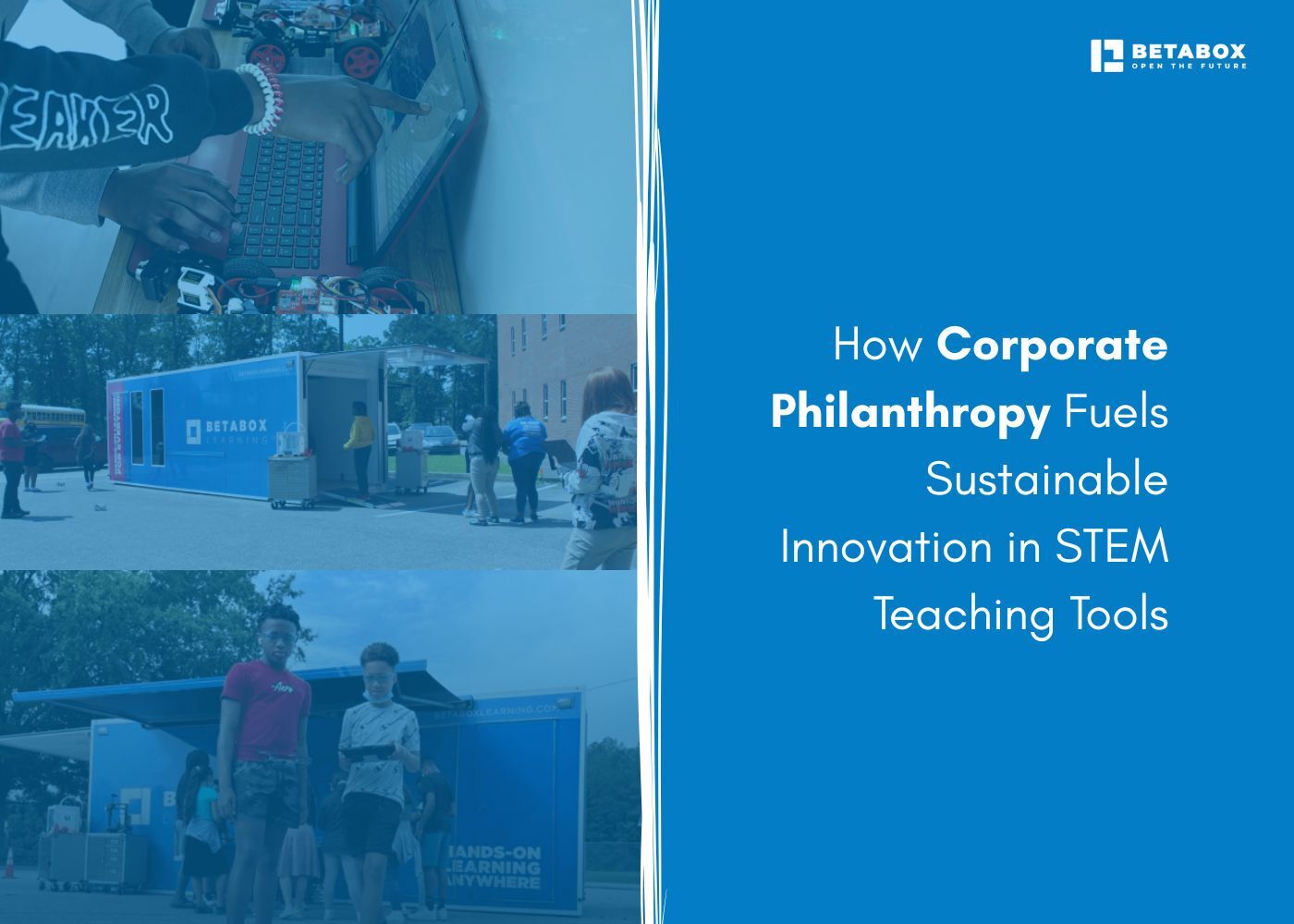

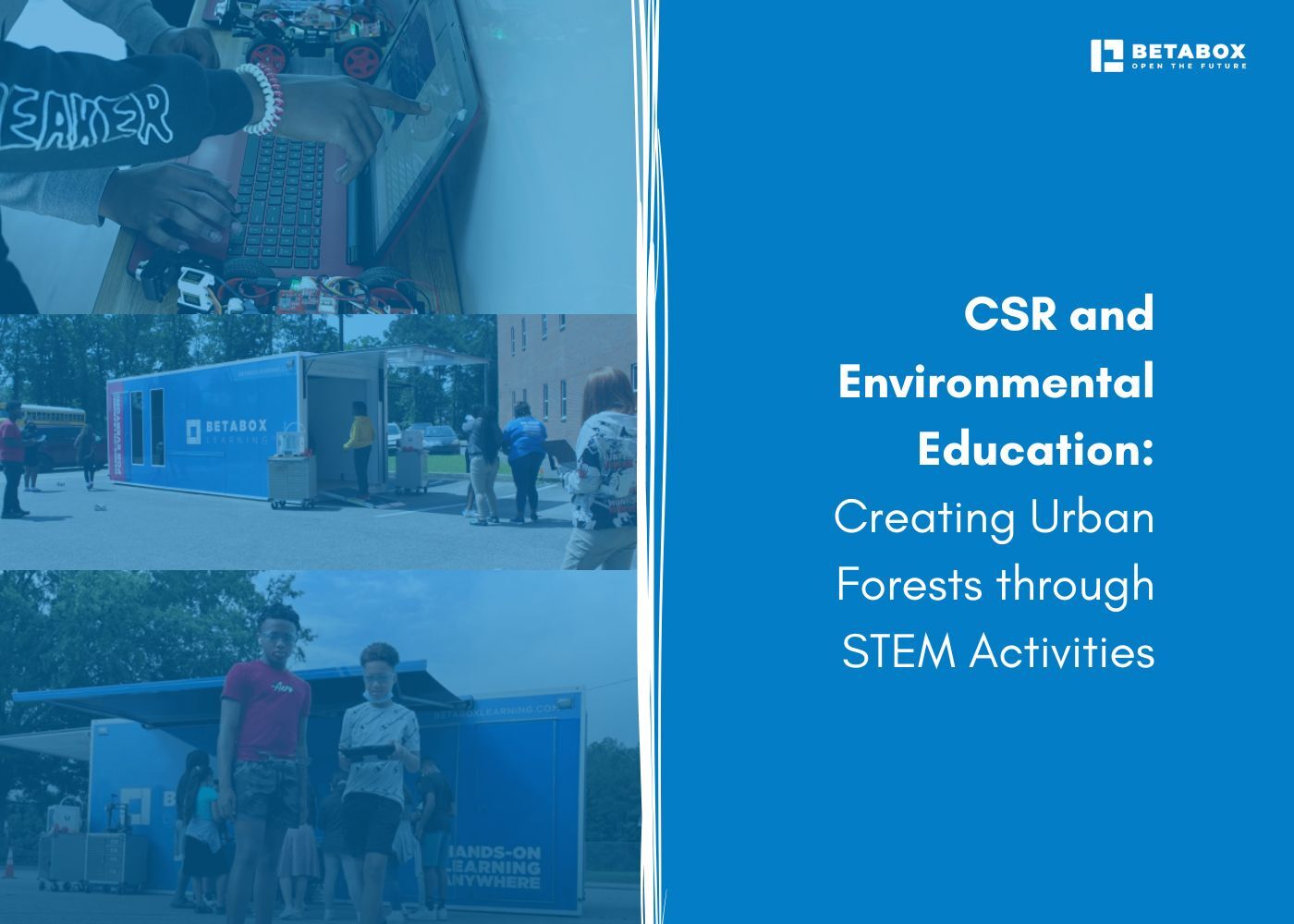

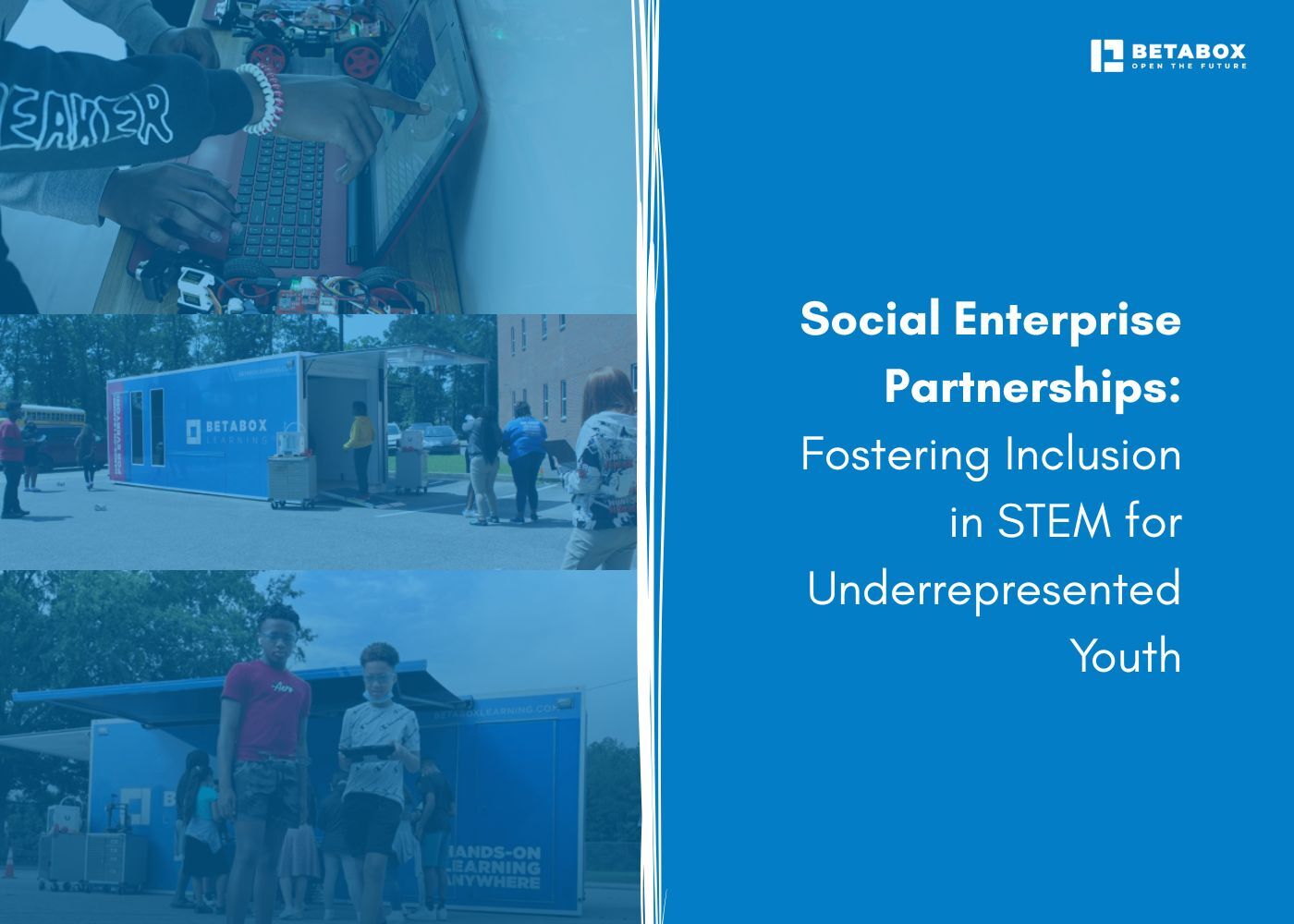

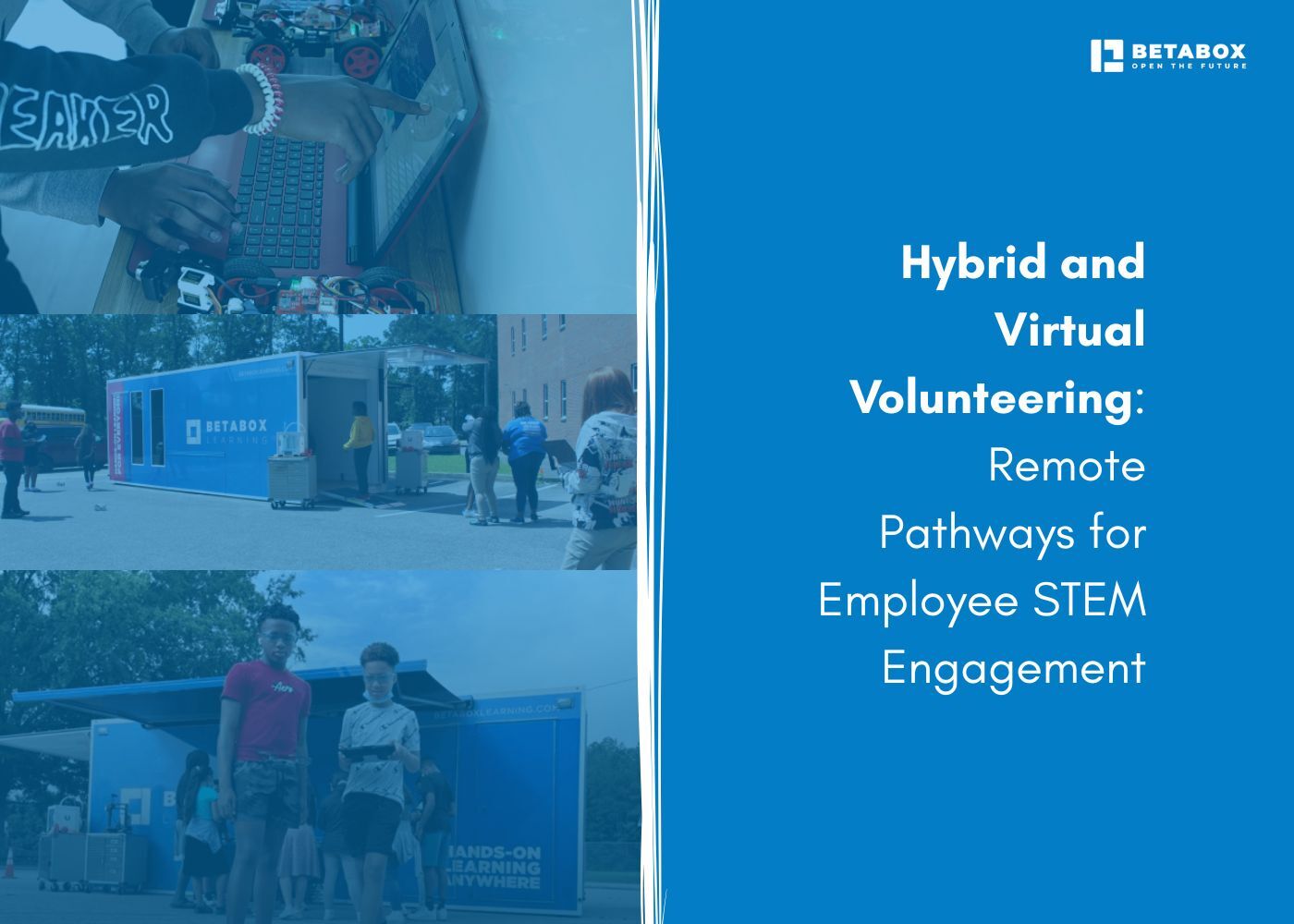

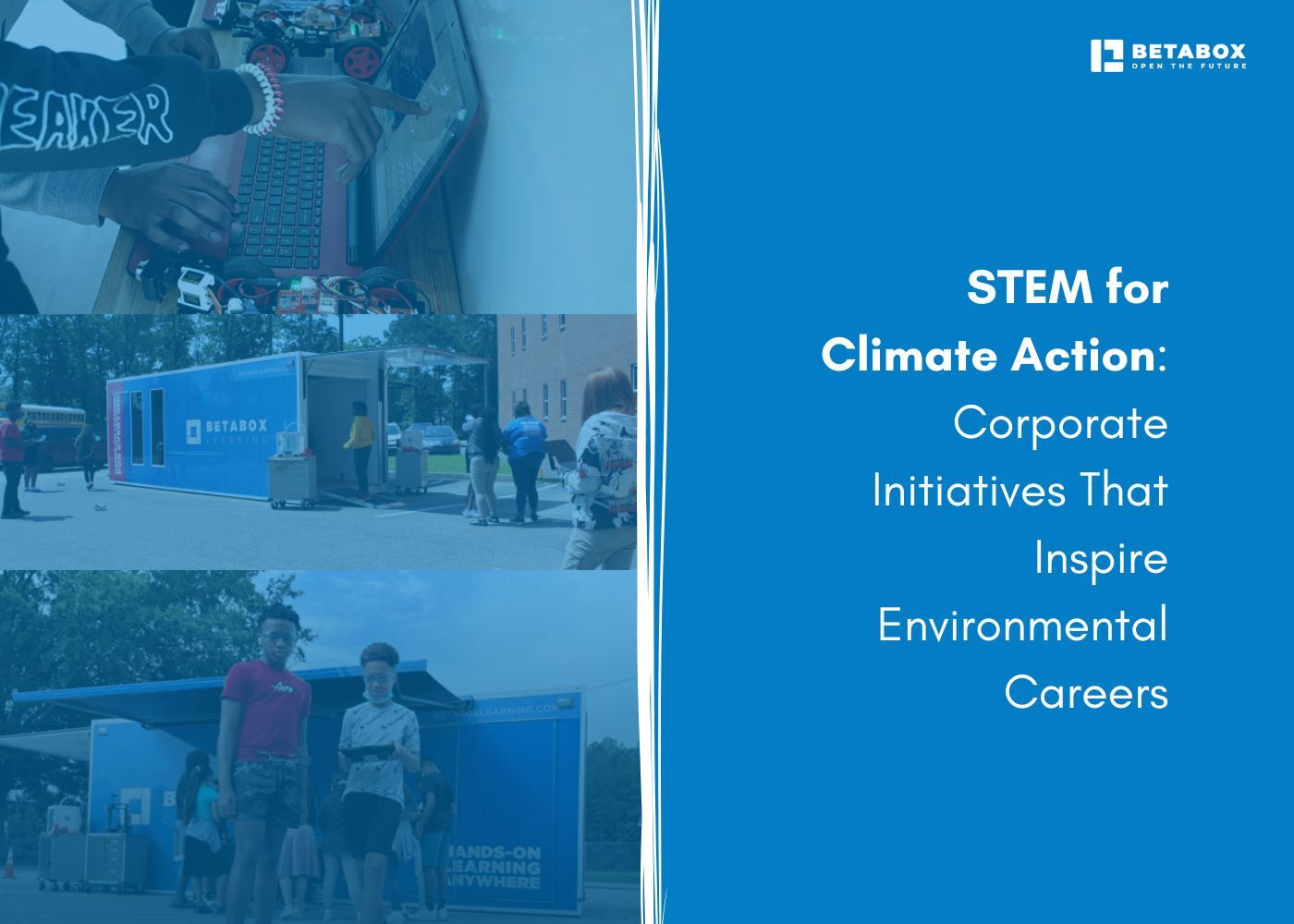



At Betabox Learning, we are passionate about making hands-on STEM curricula accessible to all students.

Join our newsletter to stay in the loop on all things Betabox and the future of STEM education.
By submitting your email address, you agree to our Privacy policy and Terms of Service. You can unsubscribe any time via the link in your email.
© 2025 Betabox. All Rights Reserved
